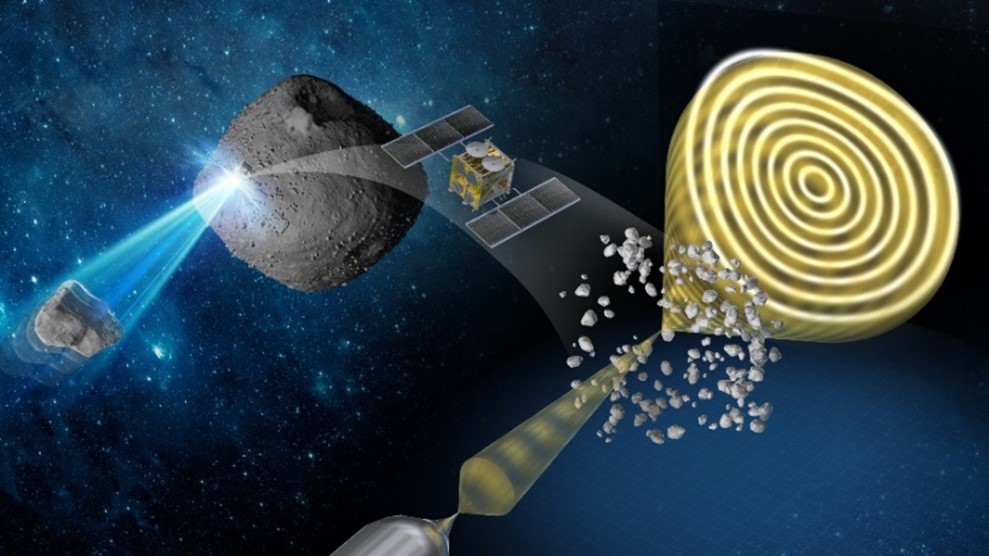DATE2024.04.30 #Press Releases
Discovery of a New Magnetic Recording Medium for the Early Solar System in Ryugu Samples
Disclaimer: machine translated by DeepL which may contain errors.
~Expectations for Establishment of New Research Methods for Solar System Magnetic Fields~
Summary of Presentations
A research group led by Professor Yuki Kimura, Hokkaido University, Chief Researcher Takeharu Kato, Senior Staff, Satoshi Anada, Senior Engineer Ryuji Yoshida, and Chief Researcher Kazuo Yamamoto of the Fine Ceramics Center, Senior Staff Toshiaki Tanigaki of the Research and Development Group, Hitachi, Ltd, Associate Professor Kosuke Kurosawa of Kobe University, Professor Tomoki Nakamura of Tohoku University, Assistant Professor Masahiko Sato (currently Associate Professor at Tokyo University of Science) and Professor Shogo Tachibana of the School of Science at the University of Tokyo, Professor Takaaki Noguchi of Kyoto University, and Assistant Professor Toru Matsumoto of Kyoto University have examined the surface of a sample (a grain of sand) recovered from the asteroid Ryugu by the explorer Hayabusa2 using electron holography, a technique using an electron microscope that can visualize magnetic fields on a nano scale. The results showed that magnetite (magnesium) was the most important element in the magnetic field. As a result, they discovered a new microstructure consisting of raspberry-like pseudo-magnetite, in which magnetite (magnetite; Fe3O4 ) particles are reduced and become non-magnetic, and numerous iron nanoparticles with vortex-like magnetic domain structures scattered around them. Magnetic minerals are natural magnetic recording media that can record environmental information of the early solar system. Previously known recording media were almost exclusively magnetite and magnetosulfite, which form during water alteration in asteroids. The new microstructures discovered in this study, especially the large number of iron nanoparticles, may record information on the magnetic field in the early solar system during the post-water alteration era, which was not known before. Therefore, it is expected to be used as a new magnetic recording medium that can provide information on the formation history of the solar system, which has not yet been explored, thereby opening up a new science on the formation of the solar system.
The research results were published in Nature Communications on Monday, April 29, 2024 (JST).

Figure: Sample brought back by the Hayabusa2 probe from the impact site of cosmic dust on the asteroid Ryugu, and image of the vortex of the magnetic field recorded in the sample, observed by electron waves.
Professor Shogo Tachibana of the Department of Earth and Planetary Science, UTokyo Organization for Planetary and Space Science, is the initial analysis team leader for this research.
For more information, please visit the Hokkaido University website(in Japanese).
Links:
Fine Ceramics Center, Kobe University, Tohoku University, Kyoto University(in Japanese).
Journal
-
Journal name Nature Communications Title of paper


